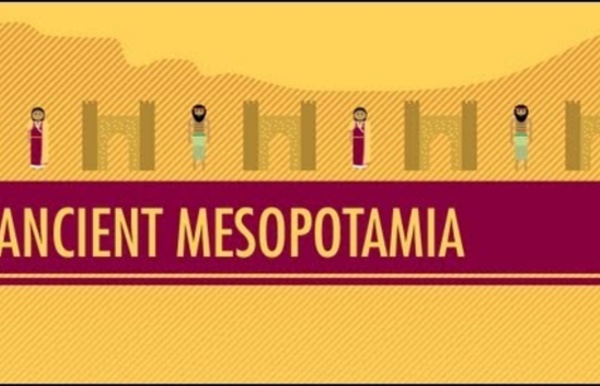



Mesopotamia History for Kids Assyrian Army The Assyrians were very able people with a range of achievements in science, technology and culture. However, it was not these civilised qualities that allowed them to create an empire. The expansion was down to one of the cruellest and most merciless armies humanity has ever seen. Read More Great Cities of Mesopotamia As the world’s earliest civilization, Mesopotamia is credited with the invention of cities. There were many cities in Mesopotamia. Mesopotamia is an area in south western Asia where the first human civilisation emerged.
Art and artisans Artisans were important people in ancient Mesopotamia as the objects they created were not only useful for the everyday lives of ordinary people and the upper classes, but they were often very beautiful and help us better understand our ancient history.In today’s society we make a distinction between artisans who make craft items usually with a practical purpose and artists whose work involves a much higher level of skill. In Mesopotamia there was no such distinction. Sculpture Sculpture was an important form of art, especially in work done for the kings. Mesopotamian palaces often had sculptures of animals, such as lions, at the entrances. Sometimes there were sculptures of kings themselves made in bronze.Another form of art that was used to make kings look impressive was the relief, which was a flat slab with images of people carved into the clay. Pottery Jewellery Mesopotamia artisans became highly skilled jewellery makers. Metalwork Weaving Carpentry Others Try Worksheets report this ad
Daily life Daily life in Mesopotamia was, in some ways, not unlike our modern existence. People were recognised by social rank, they lived in different forms of housing, the family was important, as was their leisure time. Social classes In the same way as our modern societies, Mesopotamians belonged to different social classes.The kings of city-states, regions or empires were at the very top of the social ladder. They were regarded as the main connection with the local gods. The gods were said to have chosen their kings and, if they were happy with their leader, he and his kingdom would prosper.After the kings, came the priests who were also people held in great esteem as they dealt with religious ceremonies and the spiritual side of daily life. Homes The type of home you had in ancient Mesopotamia was closely related to your social class. Furniture There were stools made of wooden frames and reeds, chairs were also made of wood and not that unlike some of our modern chairs. The family Try Worksheets
Religion and Gods How did people worship? In ancient Mesopotamia each city-state had its own god or goddess and their family. People believed that the gods were actually present in their cities, and they built temples called ziggurats for the gods to live in.The typical temple had three rooms with impressive decoration. Public display The statues of the gods were carried around the cities once a year in a sort of festive parade. Religion in the family Religion was also important outside the temples. Who were the most important gods? As every city-state had its own god, there were hundreds of gods in Mesopotamia. Sumer The most important Sumerian God was Enlil. Babylon Marduk was the most important god and protector of the city of Babylon. Assyria Persian religion The Persian Empire had a very different form of religion. Try Worksheets report this ad
Sumerian writing and cuneiform The first system of writing was invented by the Sumerians. The main reason the Sumerians came up with this system was through necessity. A written language was required so that trade could be carried out between city-states. Transactions had to be recorded and it was vital for rulers governing a city-state to have a way of keeping its own records.Later this form of writing was adapted to other languages in Mesopotamia, such as Assyrian and Babylonian. How did people begin to write in Cuneiform? The Mesopotamians would write using a tool called a reed stylus (a stick or pen-lie object) impressed on soft clay tablets which were then left to dry and set under the sun. Literature The new writing system was not only used for trade and accounting. Translation We take the existence of these texts for granted today, but in truth they were only translated quite recently.The translation of these texts is a very complicated task because there are hundreds of different symbols and meanings.